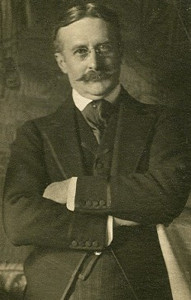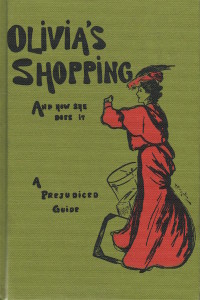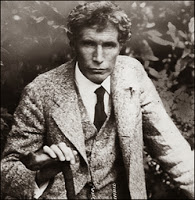 Imagine Mike Ashley or Philip Green sitting down every day to compose a feature article in a leading national newspaper for the amusement and edification of regular or prospective customers of their department stores. It’s impossible to contemplate. Yet in the early years of his flagship store in London’s Oxford Street this is exactly what Gordon Selfridge ( 1858 – 1947) did to publicise the enterprise he had founded in 1908.
Imagine Mike Ashley or Philip Green sitting down every day to compose a feature article in a leading national newspaper for the amusement and edification of regular or prospective customers of their department stores. It’s impossible to contemplate. Yet in the early years of his flagship store in London’s Oxford Street this is exactly what Gordon Selfridge ( 1858 – 1947) did to publicise the enterprise he had founded in 1908.
Each day for 27 years Selfridge, under the pseudonym ‘ Callisthenes ‘, published a short essay reflecting ‘ the policies, principles and opinions of this House of Business upon various points of public interest.’ The articles appear to have begun around 1910, only months after his store had opened for business. From 1924 they appeared in the ‘ entertainment’ page of the Times and two hundred of these Times articles from 1930 were collected in book form under the Selfridge imprint in 1933; further articles continued to be published for another four years.
In collecting together these articles, which in their original form provoked responses from all over the world, Selfridge was at pains to emphasise that they were never written to be collected as serious literary essays. Rather they represented ‘a unique feature of modern publicity ‘framed as ‘modern, topical journalism’. Continue reading











